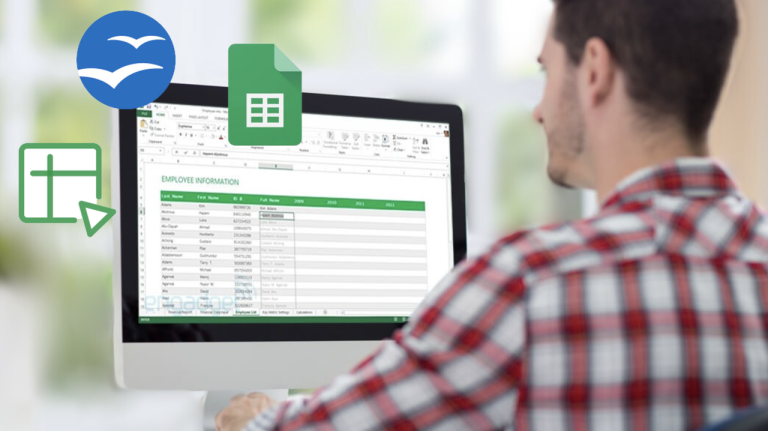Securing data on iSeries cloud providers is crucial for maintaining the confidentiality, integrity, and availability of sensitive information. Whether you’re using IBM iseries cloud providers or other providers, implementing robust security measures is essential to protect your data from unauthorized access, breaches, and other threats.
Understand Your Responsibilities: Before moving data to iseries cloud providers, understand your responsibilities regarding data security. While cloud providers manage the infrastructure, you’re typically responsible for securing your data and configuring access controls.
Implement Strong Authentication: Utilize strong authentication mechanisms such as multi-factor authentication (MFA) to prevent unauthorized access to your iSeries cloud resources. Require users to authenticate using a combination of passwords, biometrics, or hardware tokens.
Encrypt Data in Transit and at Rest: Encrypt data both in transit and at rest to protect it from interception and unauthorized access. Use protocols like SSL/TLS for data transmission and encryption algorithms like AES for data storage on iSeries cloud platforms.
Secure Access Controls: Implement granular access controls to restrict access to sensitive data based on roles, responsibilities, and the principle of least privilege. Regularly review and update access permissions to ensure they align with business requirements and security policies.
Regular Security Audits and Assessments: Conduct regular security audits and assessments of your iSeries cloud environment to identify vulnerabilities, misconfigurations, and compliance gaps. Address any issues promptly to mitigate security risks effectively.
Implement Network Segmentation: Segment your iSeries cloud network to isolate sensitive data and resources from the rest of the infrastructure. Use firewalls, VLANs, and other network segmentation techniques to minimize the impact of security breaches and unauthorized access.

Patch Management: Keep your iSeries cloud environment up-to-date with the latest security patches and updates. Regularly apply patches to operating systems, applications, and firmware to address known vulnerabilities and reduce the risk of exploitation.
Backup and Disaster Recovery: Implement robust backup and disaster recovery strategies to ensure data availability and resilience in the event of unexpected incidents or breaches. Regularly backup your data and test your disaster recovery procedures to verify their effectiveness.
Monitor and Log Activities: Implement comprehensive logging and monitoring mechanisms to track user activities, system events, and security incidents in your iSeries cloud environment. Use security information and event management (SIEM) tools to analyze logs and detect anomalous behavior promptly.
Employee Training and Awareness: Train employees on best practices for data security, including how to recognize and respond to security threats such as phishing attacks and social engineering. Promote a culture of security awareness and encourage employees to report any suspicious activities promptly.







